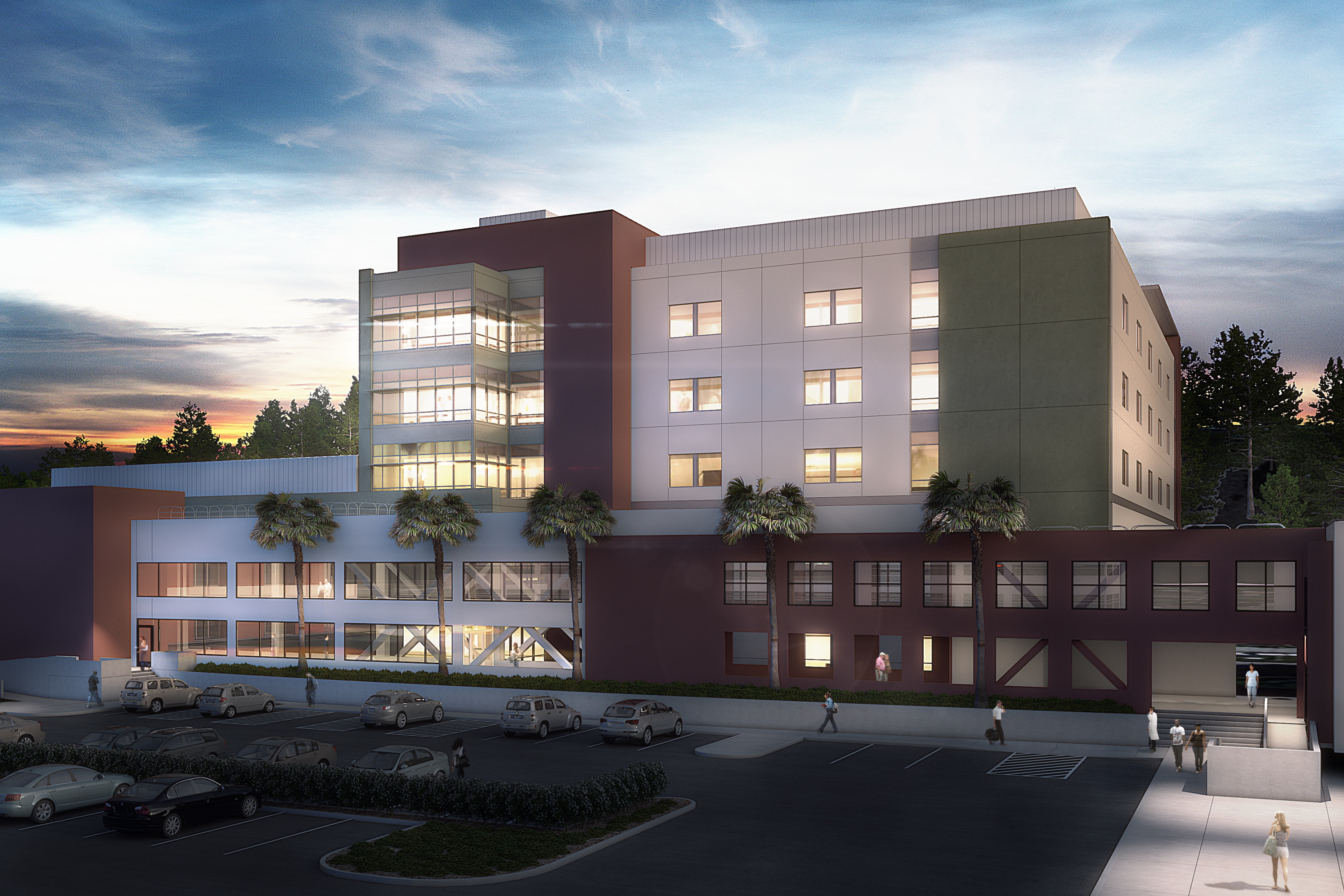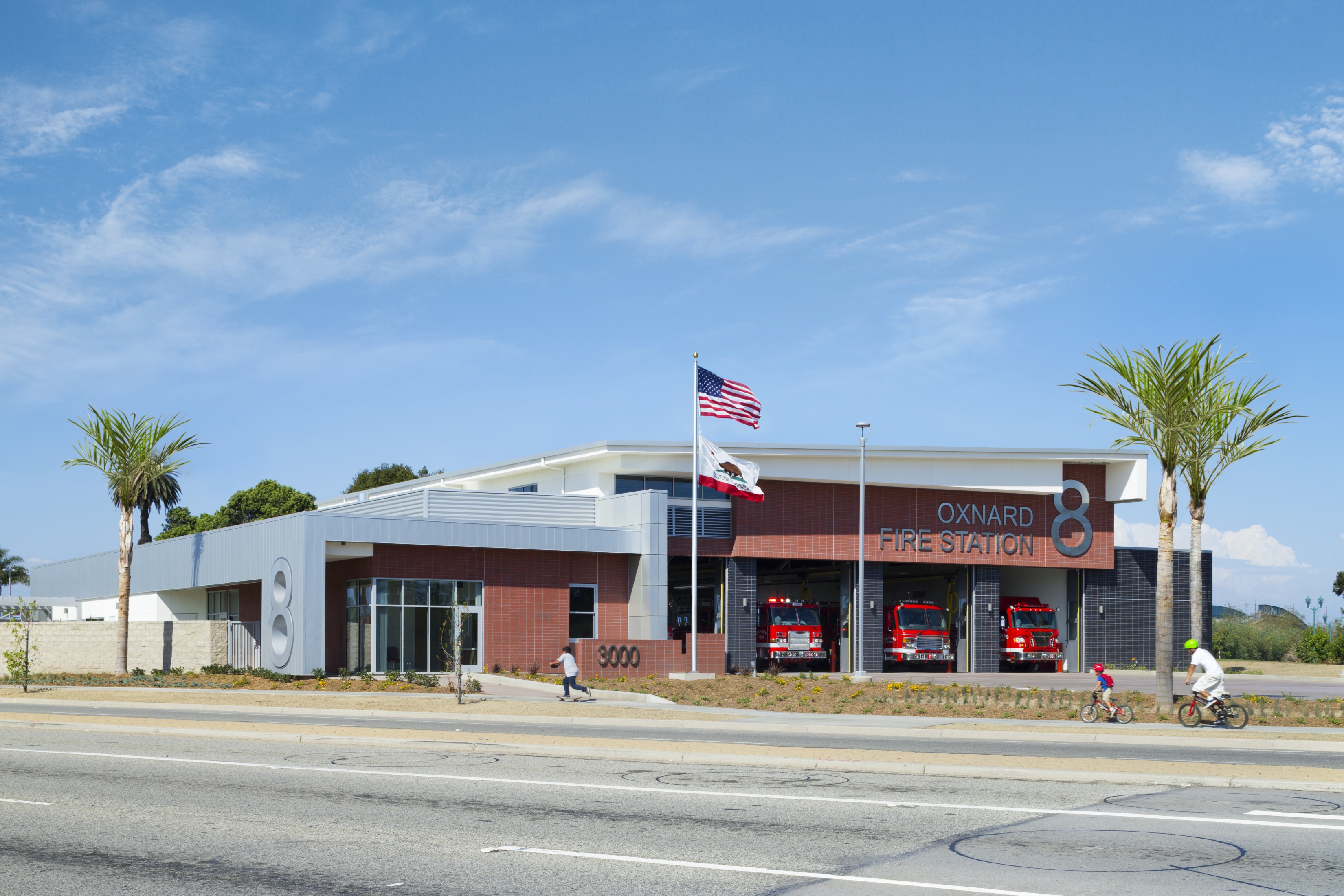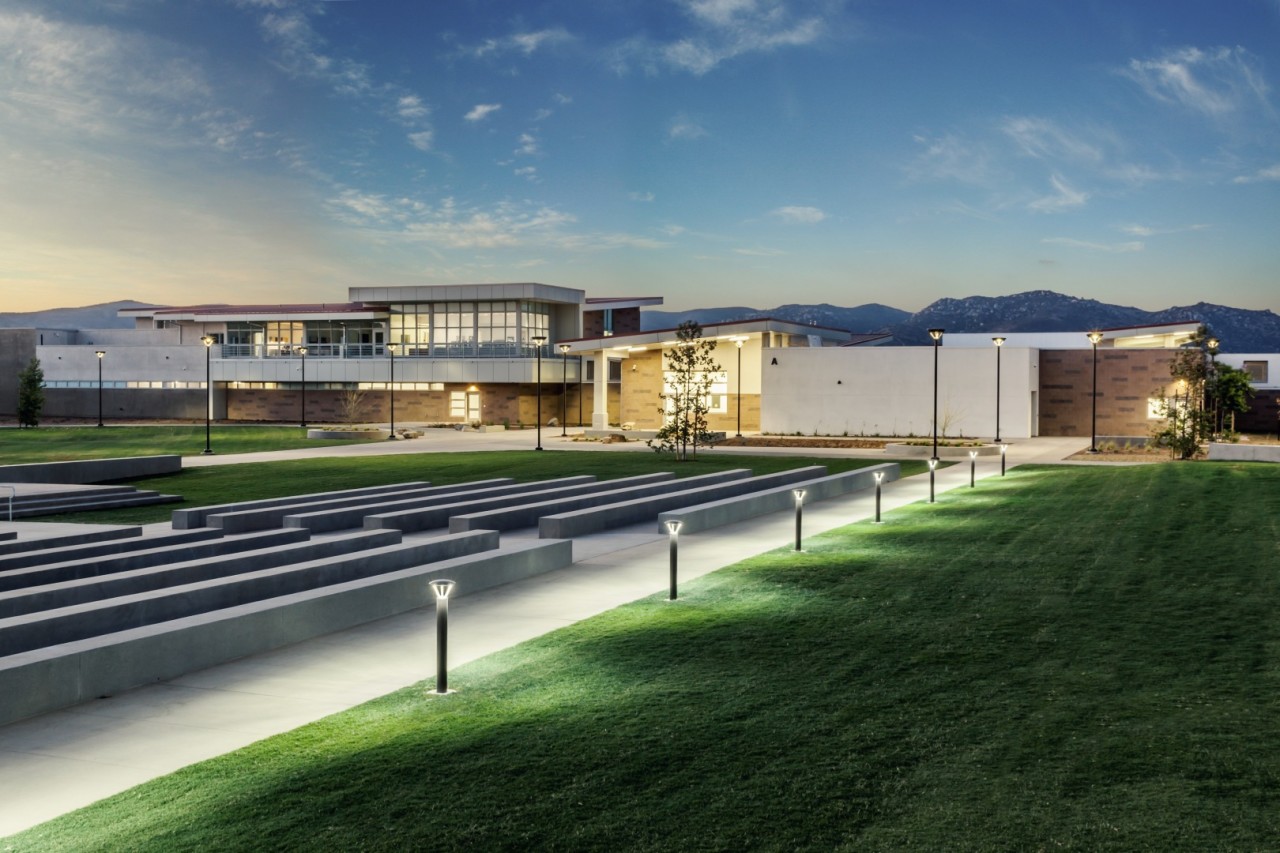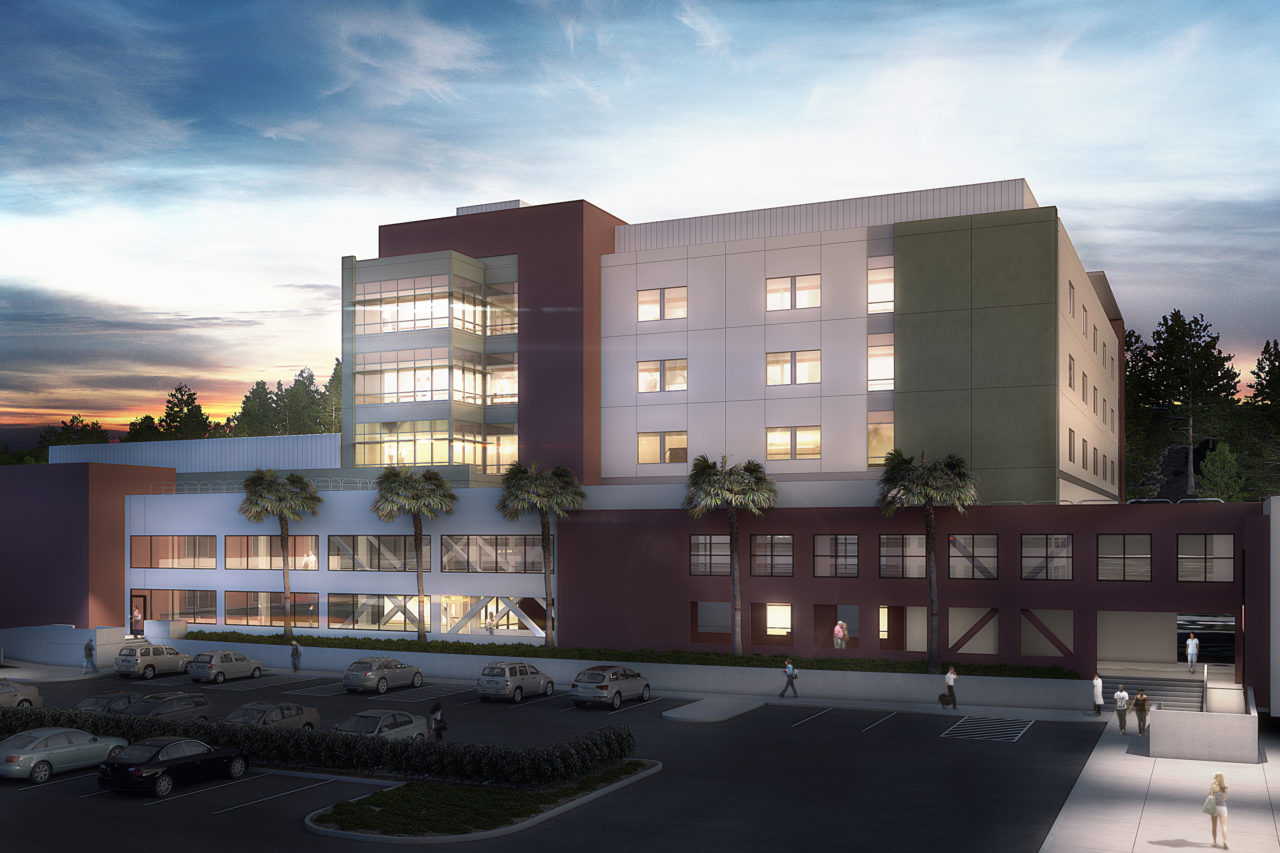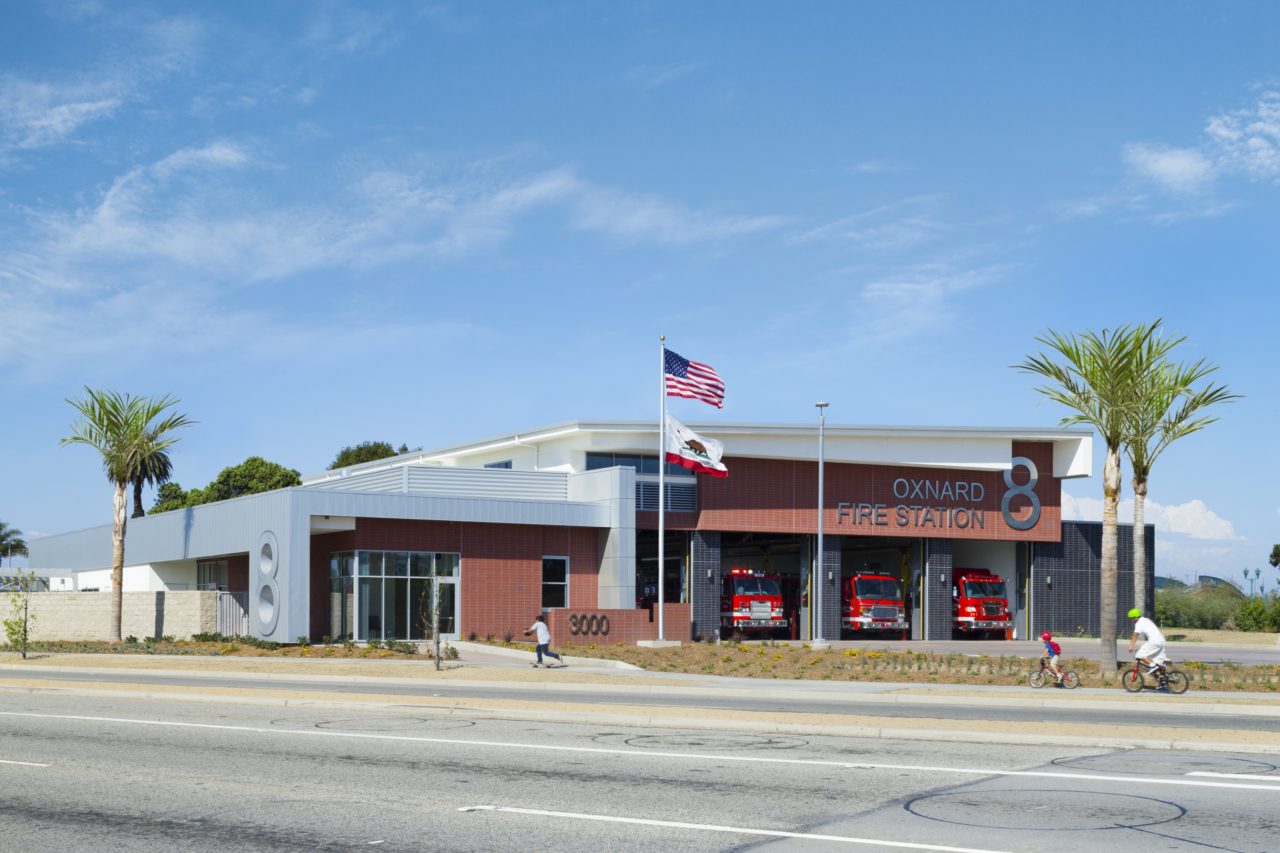Government centers and other buildings that serve the public are funded by taxpayer dollars. So, when civic administrators plan new building construction, the budget is a concern not only of theirs but also of an entire community. For that reason, they often choose the design-build architecture approach, which is a faster, more transparent, and more defensible approach than design-bid-build and offers more cost certainty and opportunity for innovation.
Design-build provides owners with a single point of contact (called the design-builder) during both the design and construction phases of a project. The design-builder can be the contractor or the architect and is tasked with managing everything from contractual risk throughout the entire project to the many contracts with construction companies, sub-contractors, material vendors, and others. In assuming the risks, the design-builder typically receives a greater share of the project profit.
When spending taxpayer money, it’s important to be as fiscally responsible and as transparent as possible. Entering into a design-build contract helps to assure both aspects throughout a project. But it’s not an approach for a highly political or inexperienced client, as it relies heavily on unencumbered collaboration between all parties.
Beginning the Design-Build Process
Selecting the right design-build team for a project is a critical decision. You need to choose a strong team with a proven track record of success. The selection process is a little more complex than one for a design-bid-build project, and the process generally follows these steps:
- Establish scope and send RFQs. When starting the process for a design-build project, a civic administrator typically begins by establishing the project scope and, in some instances, a detailed program outline and scoping documents. These documents are sent out with a Request for Qualifications (RFQ) to qualified contractors and architects.
- Send RFPs to top design-build contenders. After receiving the RFQs, the owner will shortlist two to four of the most impressive firms, who then receive a Request for Proposal (RFP). The RFP process can be a design competition and may include schematic level design documentation with a guaranteed maximum price (GMP). This allows owners and taxpayers to know the project cost t well ahead of construction. Design competitions typically offer a design stipend to the unsuccessful teams to cover some of the costs of competing. It’s also important to note that owners are now trending toward a progressive design-build model that limits the amount of early design effort and shortens the RFP timeline. In such cases, after the RFPs are submitted, they are scored by the owner, who then chooses the firms he or she would like to interview. Owners are looking for a process that is “challenge-proof” and stands up to scrutiny. Like transparency, defensibility is an important standard for award of publicly funded projects, as owners need to be able to clearly show how taxpayer funds are being used.
- Select a design-build team. After considering all these factors, a team is selected. Procuring a design-build team can take 4-6 months or longer, depending on the project.
Design-build is about trust between all partners. It requires shared responsibility and clear communication to be successful. When embarking on a civic project using the traditional design-bid-build method or when seeking union participation, administrators are often forced to select the lowest bidder. But when pursuing design-build as a delivery method, they contend with less public scrutiny. This may invite criticism from the public, especially if the project runs into difficulties. However, the benefits can outweigh the criticism, provided you select a team that can move the project along smoothly.
A successful design-build project is one that is completed on time and within budget, meets the owner’s needs and expectations, and demonstrates excellent stewardship of taxpayer dollars.
Creating a Successful Design-Build Project
For civic building administrators, it’s clear why the design-build process is a good choice: they get a high-quality project without assuming risks of claims, delays, and cost increases. For many owners, design-build delivery is also a way to set expectations for greater collaboration, less finger-pointing, and increased innovation on their project. The design-build entity has to work together from day one, which fosters more ownership of the project, making clear, effective communication a priority. Sharing in the goal of creating a truly impressive building on time and on budget is a win all around—for the design-build team, the owner of the project, and for the members of the public who pay for and use the facility.
At HMC Architects, we make sure all of the design-build projects we are involved in for the civic sector as well as other sectors include design features that not only meet our clients’ needs but also surpass their expectations. The Las Colinas Women’s Detention Facility in San Diego County, California, was a design-build project that challenged the team to deliver a facility that felt less like a prison and more like a campus environment. Excellent collaboration by team members, including HMC Architects, contractors, the owner, the Sheriff’s Department, and even county building department inspectors, helped to create a facility that now focuses more on rehabilitation and less on incarceration. The resulting building far exceeded the owner’s expectations and the project team won two 2015 Design-Build Institute of America awards: The Award of Distinction and the Excellence in Design Award.
The design-build process also proved incredibly successful for Oxnard Fire Station No. 8 in Oxnard, California. Led by the developer and financed through a private-public partnership (P3), the project relied on true community collaboration. To provide the city with a fully operational and cutting-edge station without a large initial expense, city officials, local developers, builders, and HMC Architects worked together to come up with a solution that allows the city to lease-to-own the property over the course of 20 years. Through design-build, Oxnard now has a beautiful, highly efficient fire station residents can count on.
Additionally, as a result of a design-build competition, we are currently working on the Henry Mayo Newhall Hospital Patient Tower in the Santa Clarita Valley of California. Through collaboration with the design-build team, we’ll help create a new facility on the existing hospital campus to provide more room for patient care. The tower will include at least 142 beds, three medical/surgical units, a 29-bed Women’s Services unit, a cafeteria, and a rooftop helipad. A phased loading dock will allow construction to proceed without hampering existing operations.
Choosing a Design-Build Partnership for Your Next Project
Design-build can present challenges, as forming the scope of a project and selecting the right team can be a lengthy process, but the effort can offer cost and scheduling benefits. If you partner with a design-build team that is committed to listening to your project needs, using taxpayer money responsibly, and meeting deadlines, the complex process of building a new civic building can flow smoothly.
